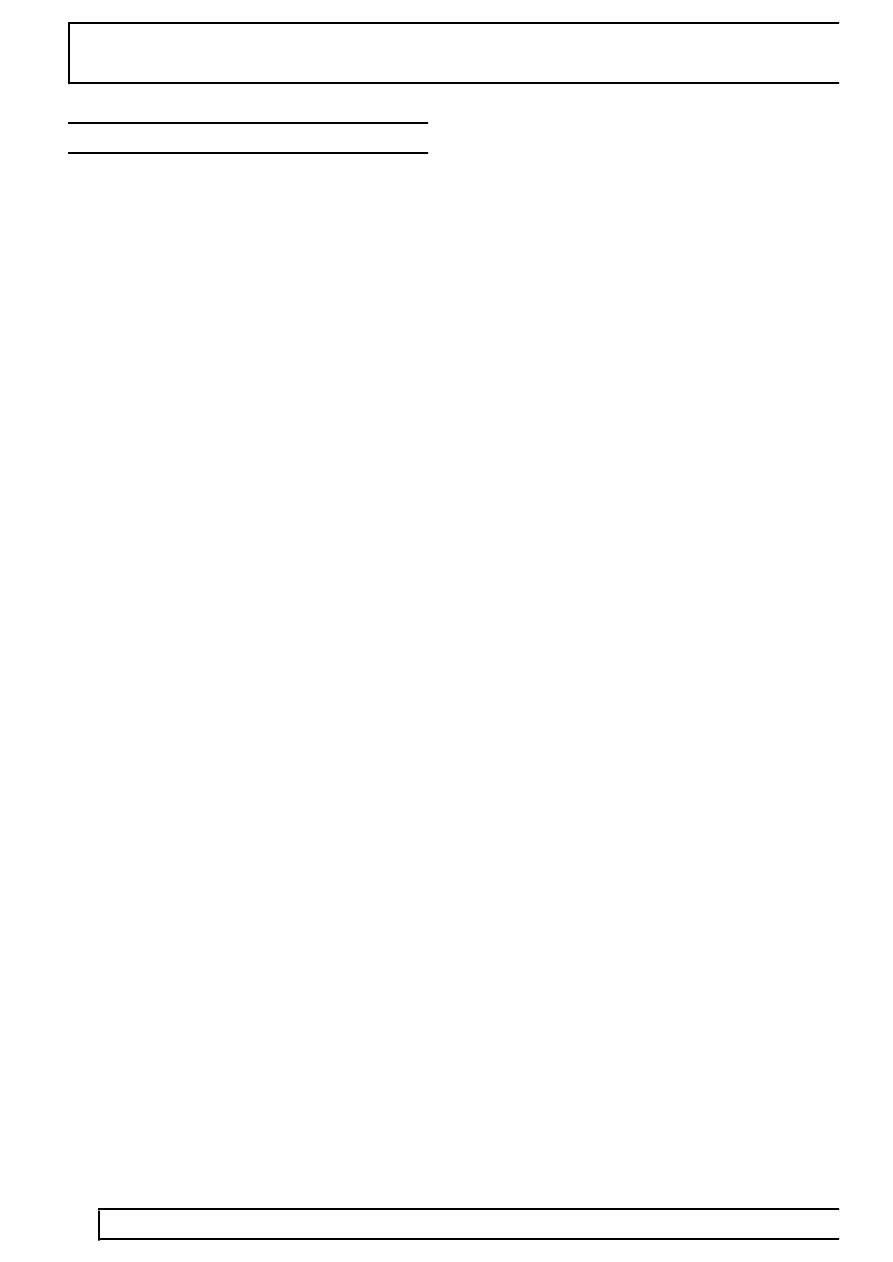TD5 Defender

30
MANIFOLD AND EXHAUST SYSTEM
2
DESCRIPTION AND OPERATION
DESCRIPTION
General
The diesel engine has the inlet manifold attached to the right hand side of the engine and the exhaust manifold
attached to the left hand side of the engine. The inlet manifold directs cooled compressed air from the
turbocharger and intercooler into the cylinders, where it is mixed with fuel from the injectors. Exhaust gases from
the exhaust manifold can also be directed into the inlet manifold via a pipe from the exhaust manifold and an
Exhaust Gas Recirculation (EGR) valve on the inlet manifold. The exhaust manifold allows combustion gases from
the cylinders to leave the engine where they are directed into the exhaust system and turbocharger.
The exhaust system is attached to the turbocharger and is directed along the underside of the vehicle to emit
exhaust gases from a tail pipe at the rear of the vehicle. A silencer is installed midway along the system and a
second tail silencer is located at the rear of the vehicle.
Inlet manifold
The inlet manifold is a one piece aluminium casting. The manifold is secured to the cylinder head with two studs
and flanged nuts and eight flanged bolts. A one piece laminated gasket seals the manifold to the cylinder head.
Four threaded bosses on the manifold provide for the attachment of the fuel cooler. The fuel cooler is secured to
the manifold with four bolts. A boss with two threaded holes allows for the attachment of the combined intake air
temperature/pressure sensor. The sensor is secured to the manifold with two screws and sealed with a gasket.
At the forward end of the manifold, a machined face and four threaded holes provide for the attachment of the
EGR valve. The valve is sealed to the manifold with a gasket.
Exhaust manifold
The exhaust manifold is made from cast iron. The manifold has five ports, one from each cylinder, which merge
into one flanged outlet connection positioned centrally on the manifold.
The manifold is attached to the cylinder head with ten studs and flanged nuts. A laminated metal gasket seals the
manifold to the cylinder head. The flanged outlet on the manifold provides the attachment for the turbocharger,
which is attached with three studs and flanged nuts and sealed with a metal laminated gasket.
A second flanged outlet, located at the forward end of the manifold, provides attachment for the EGR pipe. The
EGR pipe is secured to the manifold with two cap screws and connected to the EGR valve mounted on the inlet
manifold. There is no gasket used between the pipe and the exhaust manifold.
Exhaust system
The exhaust system comprises a front pipe, an intermediate pipe which incorporates a silencer and a tail pipe
assembly which also has a silencer. The exhaust system is constructed mainly of 63 mm (2.48 in) diameter
extruded pipe with a 1.5 mm (0.06 in) wall thickness. All pipes are aluminized to resist corrosion and the silencers
are fabricated from stainless steel sheet.
